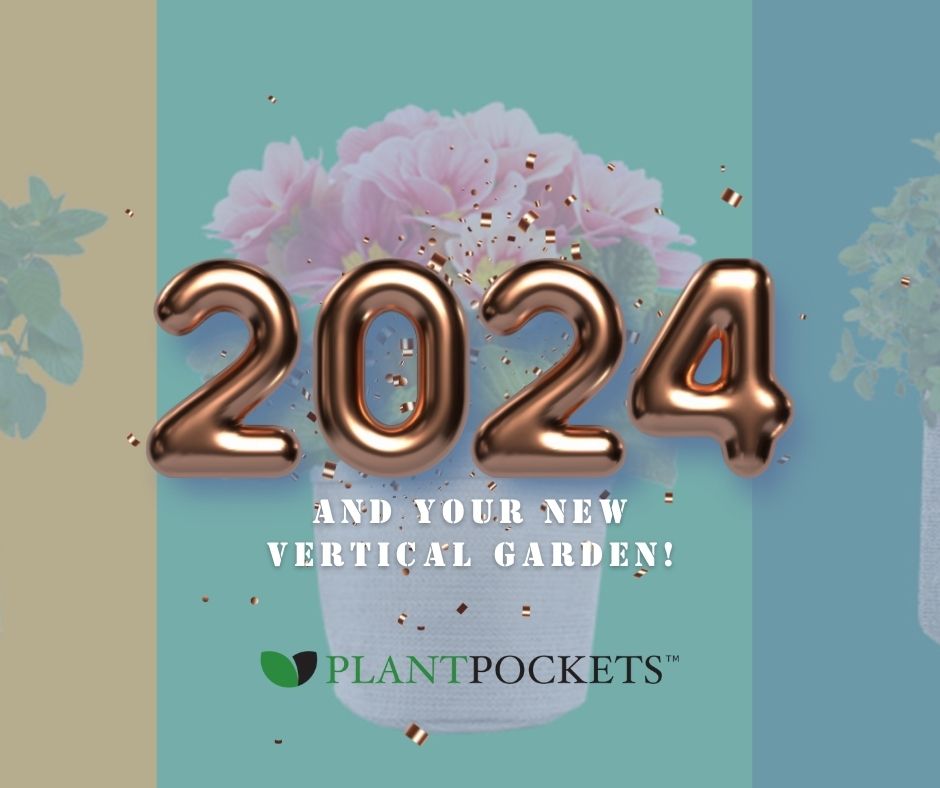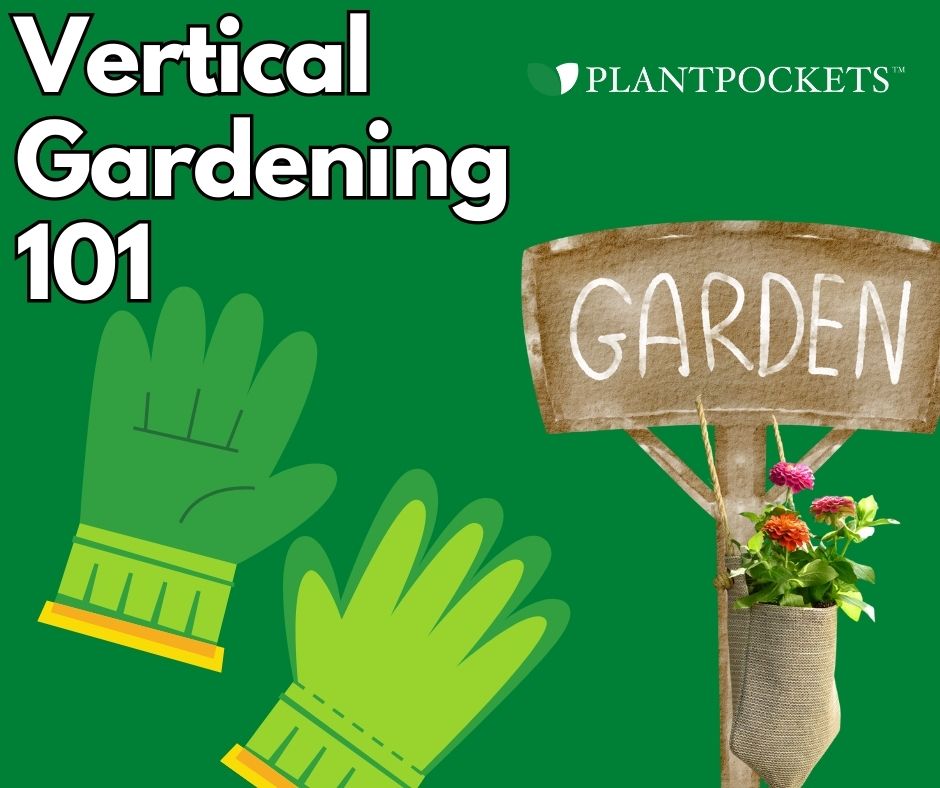Watering Tips For Your Vertical Garden
PLANTPOCKETS™ vertical gardens are a great way to maximize green space, especially in urban environments. For though it to be a successful garden, proper watering is crucial for the health and vitality. So what are a few ways to help make that happen? Here are a few tips:
Choose the Right Plants:
- Select plants with similar water requirements to make watering more uniform and efficient.
- Drought-resistant plants are a good choice for vertical gardens, as they require less frequent watering.
Install an Irrigation System:
- Consider installing a drip irrigation system or soaker hoses. These systems deliver water directly to the base of plants, minimizing wastage.
- Use a timer to automate the watering schedule. This ensures consistency, especially if you have a busy lifestyle.
Monitor Moisture Levels:
- Regularly check the moisture levels of the soil. You can do this by sticking your finger about an inch into the soil. Water when it feels dry.
- Invest in soil moisture sensors. These devices can provide real-time data about the moisture content of the soil and help you adjust your watering schedule accordingly.
Watering Schedule:
- Water early in the morning or late in the evening when temperatures are cooler. This reduces water loss due to evaporation.
- During hot weather, you might need to water your vertical garden more frequently. Monitor the plants closely during such periods.
Avoid Overwatering:
- Overwatering can lead to root rot and other plant diseases. Ensure the vertical garden has proper drainage to prevent water accumulation at the bottom.
- If rain is abundant, adjust your irrigation system to avoid overwatering.
Remember, the specific watering needs can vary based on the plants you’re growing, the climate of your region, and the type of vertical gardening system you’re using. Always be attentive to the needs of your plants and adjust your watering practices accordingly.
Happy Vertical Gardening!

